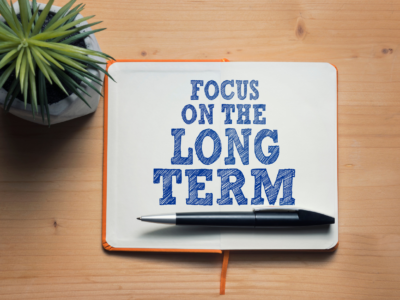It’s always important to make a gracious exit. Thanks to the rise of boomerang employees, which refers to people returning to former employers at a later stage, this is truer now than ever. Mix in the effects of the Great Resignation, whereby the likelihood of encountering ex-colleagues in new contexts increases dramatically, and quitting the right way becomes essential. And that’s before we even mention the need for work references.
How to quit the wrong way
But before we explore the guidelines published by Forbes on resigning correctly, let’s give a little air time to what not to do.
Going out in a blaze of glory, dramatically sticking it to the boss or colleagues who have been wronging you for years, will end in tears. For sure. Imagine finding that, ten years down the line, your new boss or client is the object of all that long since dissolved wrath. Ouch! And how would you claw your way back from rage-fuelled expletives to ask for a work reference a few months or years down the line? Not worth it, my friend. Not for one single moment.
Similarly, don’t even consider sabotaging your soon-to-be ex-employer. Leave that valuable client list exactly where it is and walk on, breezily free from a guilty conscience and legal pursuit. Finally, forget about putting your feet up and doing didly squat for your notice period. The bad taste that leaves in your employer’s mouth will also come back to haunt you.
How to quit the right way
According to the article, there are four steps to an ideal departure, as follows:
- The colleagues you are leaving behind could be crucial advocates in your new career, so treat them with consideration. Leave your work in such a way that they can easily pick things up when you leave. Put together a transition memo detailing your responsibilities and how you approach them.
- Networks are crucial for career progression and former colleagues are a veritable goldmine of opportunities and referrals. So keep up with them, even if just on a very casual basis via LinkedIn. For the same reason, once you’ve alerted your manager and HR about your plans, take the time to inform other colleagues with whom you’ve built relationships.
- Set your replacement up for success through excellent handover notes, and by trying to clear up any problems before you leave.
- Develop a constructive, positive answer to your colleagues’ inevitable questions about why you’re leaving. You want to leave them with a positive image of yourself so that they’d be glad to have you back if you become a boomerang employee.
- Give yourself a break. The last two years have been hard on a professional and personal front, and many people have tottered on the edge of burnout. If you can afford to, take some time out so that you can start your new job feeling fully refreshed and raring to go.
And that, my friend, is a wrap! With these simple steps, you’ll win the hearts and minds of all those you leave behind and future-proof your career. ABL, your trusted recruitment partner, wishes you the very best of luck with your exit plan. If you’d like any further advice on this topic or to brainstorm your next career move, please get in touch!










